2025-01-27 08:11:06|Myriagame |source:minecraft skins
In the increasingly sensitive Internet era, Internet users are generally used to covering sensitive information on photos with "blurring" or "mosaic".However, this method may not be applicable in the future. Researchers at the University of Texas have developed a set of "anti -mosaic" methods a few days ago, which can break through mosaic and blurred obstructions and accurately identify picture information.

Most people are not completely applied to the mosaic of the photos. The information of human eyes cannot identify the information.Researchers have established a software system for facial recognition and text recognition, which can accurately identify the content of being blurred or covered with mosaic.And it has a powerful identification ability. Whether it is the vague video on YouTube or the mosaic trimming, it is not a problem.
However, it is explained here that this tool can only be "identified" and cannot be "recovered".In other words, it can match images that match the content below the mosaic in a pile of images, and cannot achieve a real "anti -mosaic".
Although there are such regrets, the emergence of this technology is still quite shocking.Because it can be so simple.Developers use TORCH, which is an open source software that can be easily obtained on the Internet.The pictures used for testing are also from the Internet.The researchers debugged the software to identify the pictures before and after blurred, and the results easily reached a high accuracy.
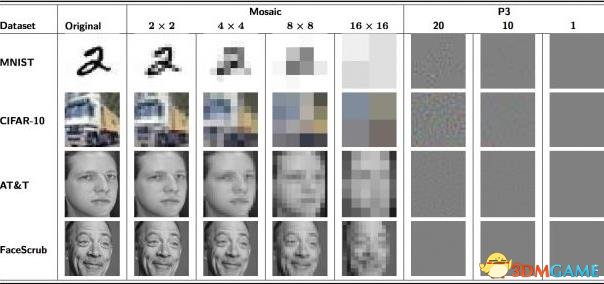
In the experiment, the computer's recognition rate of YouTube fuzzy video reached 80-90%.And even after the most seriously painted mosaic pictures, the accuracy of recognition can still reach 50-70%.The recognition rate modified through P3 is the lowest, only 17%.P3 (PRIVACY-PRESERVING Photo Sharing) is a picture encryption tool developed by the University of Southern California, which is born for the spread of the Internet era.It has a good encryption effect on the pictures in JPEG format.
Although everyone does not have to worry about the pictures of themselves on the Internet, it is not worrying to prevent prevention in advance.The experiments in the previous article only used ready -made software, and 90%of the accuracy of identification was achieved without much effort.And because the software is open source, it means that anyone who has an idea may achieve higher identification accuracy.(Although it is unrealistic to restore completely)
For netizens who are very worried about their personal information, the researchers' suggestions are: abandoning "fuzzy" and "mosaic", and switching to completely blackened methods to protect their privacy.Although a black block on the photo is not beautiful, it is quite effective for protecting safety.

National Service DNF Dark Ni
2025-01-28 09:19:27
The new screenshot of the be
2025-01-28 09:18:57
The 15th anniversary wallpap
2025-01-28 09:18:27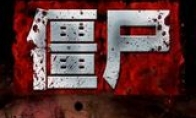
3DM Xuanyuan Sinicization Gr
2025-01-28 09:17:57
French magazine is the first
2025-01-28 09:17:27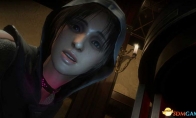
The sneak game "Republic" wi
2025-01-28 09:16:57
The story between humans and
2025-01-28 09:16:27
Capture "Trinity 3: Artifact
2025-01-28 09:15:27
Wind direction change "Myste
2025-01-28 09:14:57
DICE's new project "Dream" w
2025-01-28 09:14:27
Pirate Minecraft Skins
Minecraft Skins
2024-12-10 04:11:27
Pirate Minecraft Skins
Minecraft Skins
2024-12-10 04:11:26
Master Minecraft Skins
Minecraft Skins
2024-12-10 04:11:25
King Minecraft Skins
Minecraft Skins
2024-12-10 04:11:25
Guide Minecraft Skins
Minecraft Skins
2024-12-10 04:11:24
Dark Knight Minecraft Skins
Minecraft Skins
2024-12-10 04:11:23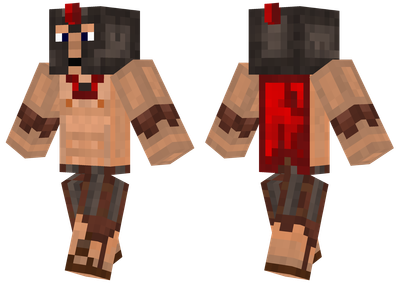
Sparta Minecraft Skins
Minecraft Skins
2024-12-10 04:11:23
Moncraft Skins of the War
Minecraft Skins
2024-12-10 04:11:22
Red Witch Minecraft Skins
Minecraft Skins
2024-12-10 04:11:22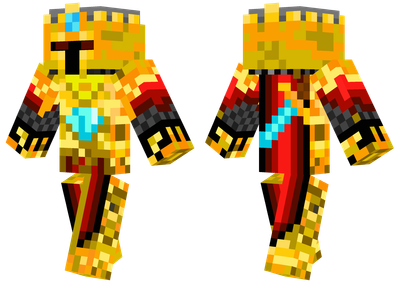
Golden Cavaliers Minecraft S
Minecraft Skins
2024-12-10 04:11:22